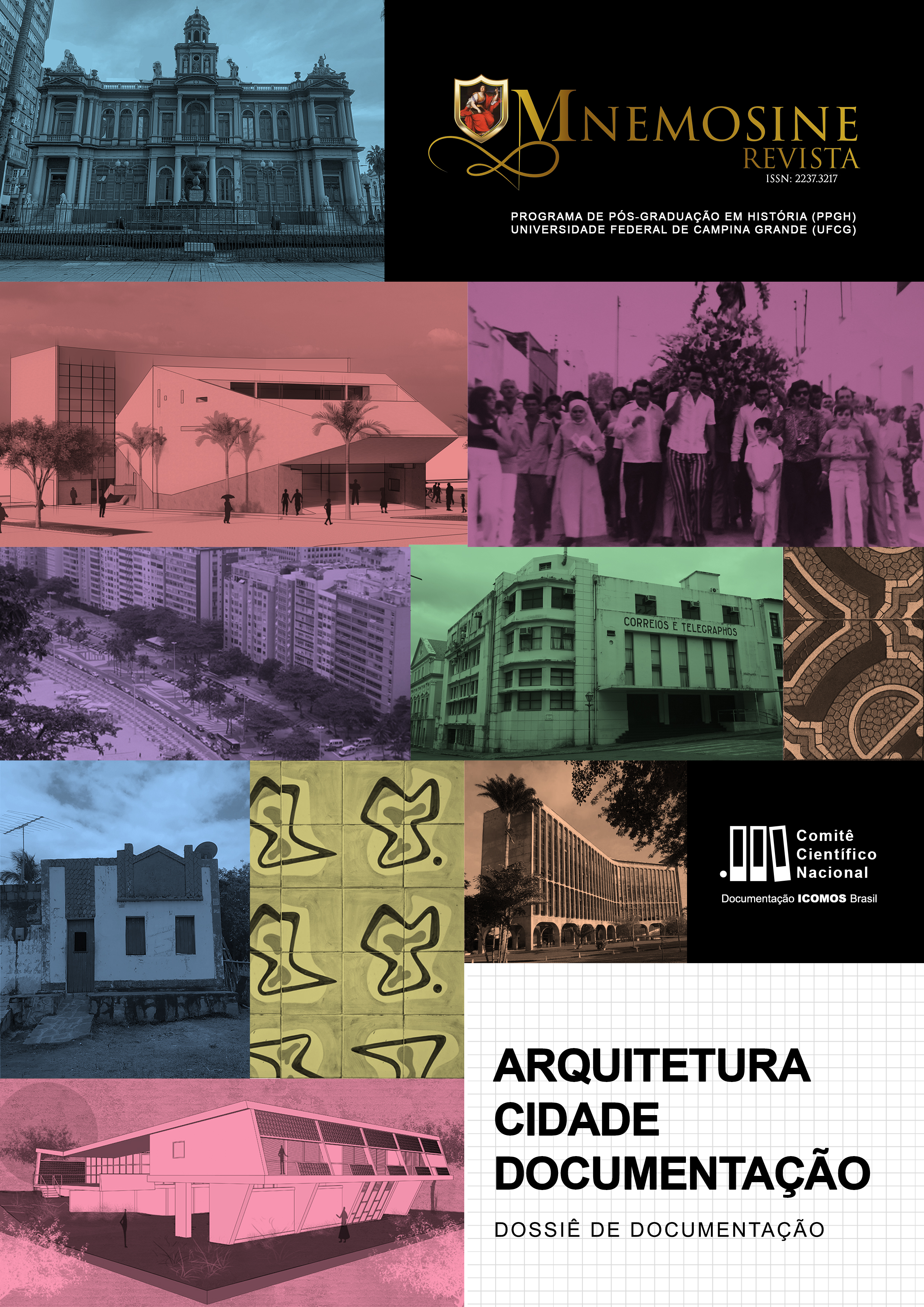FROM PORTUGUESE COLONIAL VILLAGE TO ROLIÚDE NORDESTINA: URBAN AND CINEMATOGRAPHIC TRANSFORMATIONS IN THE CITY CABACEIRAS-PB
Abstract
Heterogeneity has always been a striking feature of the northeast region, whether represented by social inequality, due to economic problems, or through cultural wealth. Their representations have been treated in several bibliographic productions, but little addressed by cinematography. The cinematographic work is an important means of publicizing these locations, since, by providing their appropriation, they induce the maintenance and formation of the values that are added to the traditional pre-existences or inheritances of these locations, and, thus, establish and ensure the maintenance of people's relationships with them. National cinema emerges as an important means of publicizing these cities, which ends up stimulating and generating resources that produce meaning and differentiate it from the others. Throughout their trajectory, specifically in the Northeast, the cities of the hinterland have always been present in national films. An example is Cabaceiras, Paraíba, which hosted more than 23 films, with the title of Roliúde Nordestina. After researching a dissertation, it was possible to verify that this activity is configured as a local attribute that even leads it to be the representation of the Northeastern cities in the cinema. This article presents its historiography, highlighting the users' relationship with nature, which responded to climatic adversities by incorporating cinematographic productions into the local modus vivendi.












